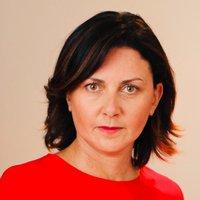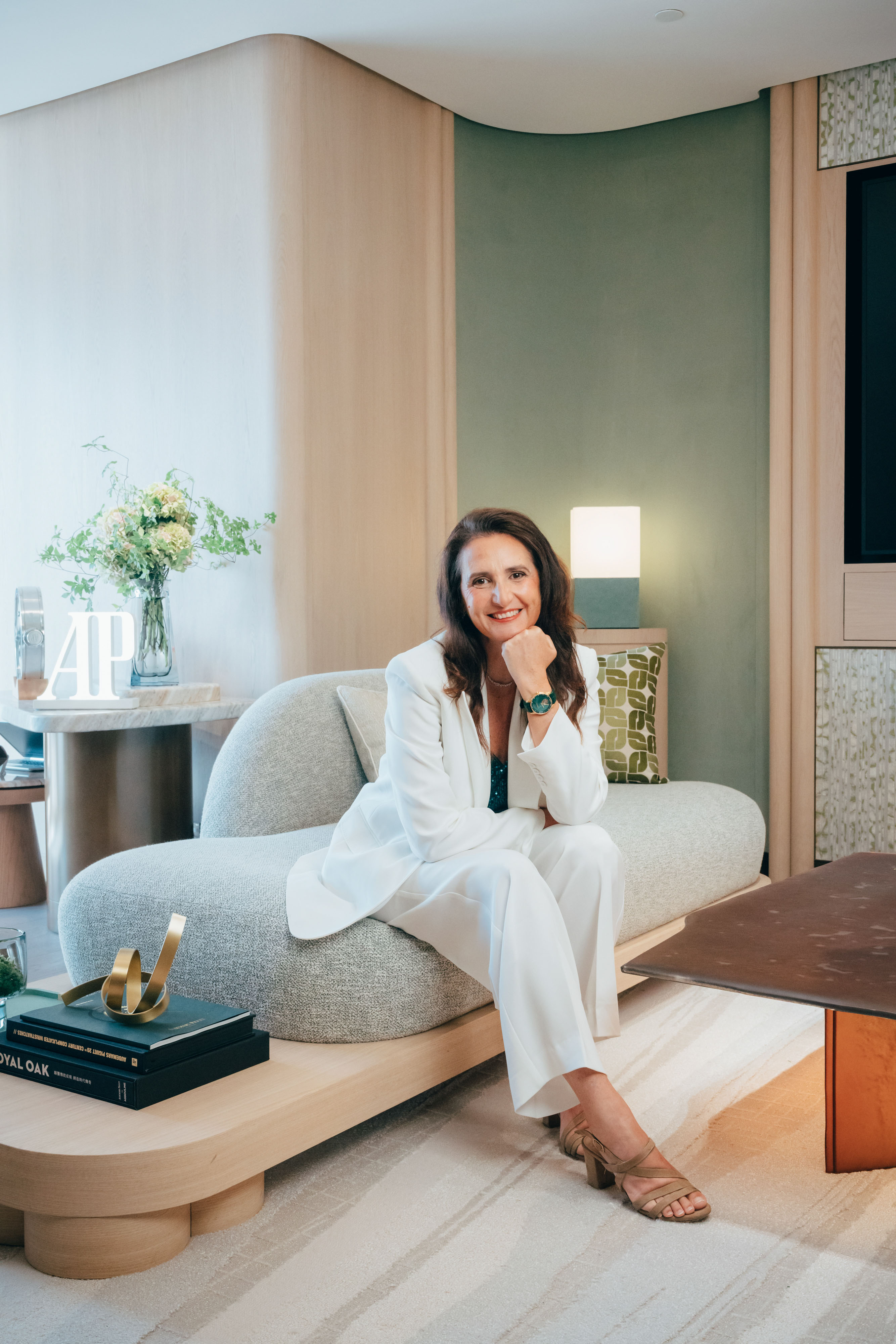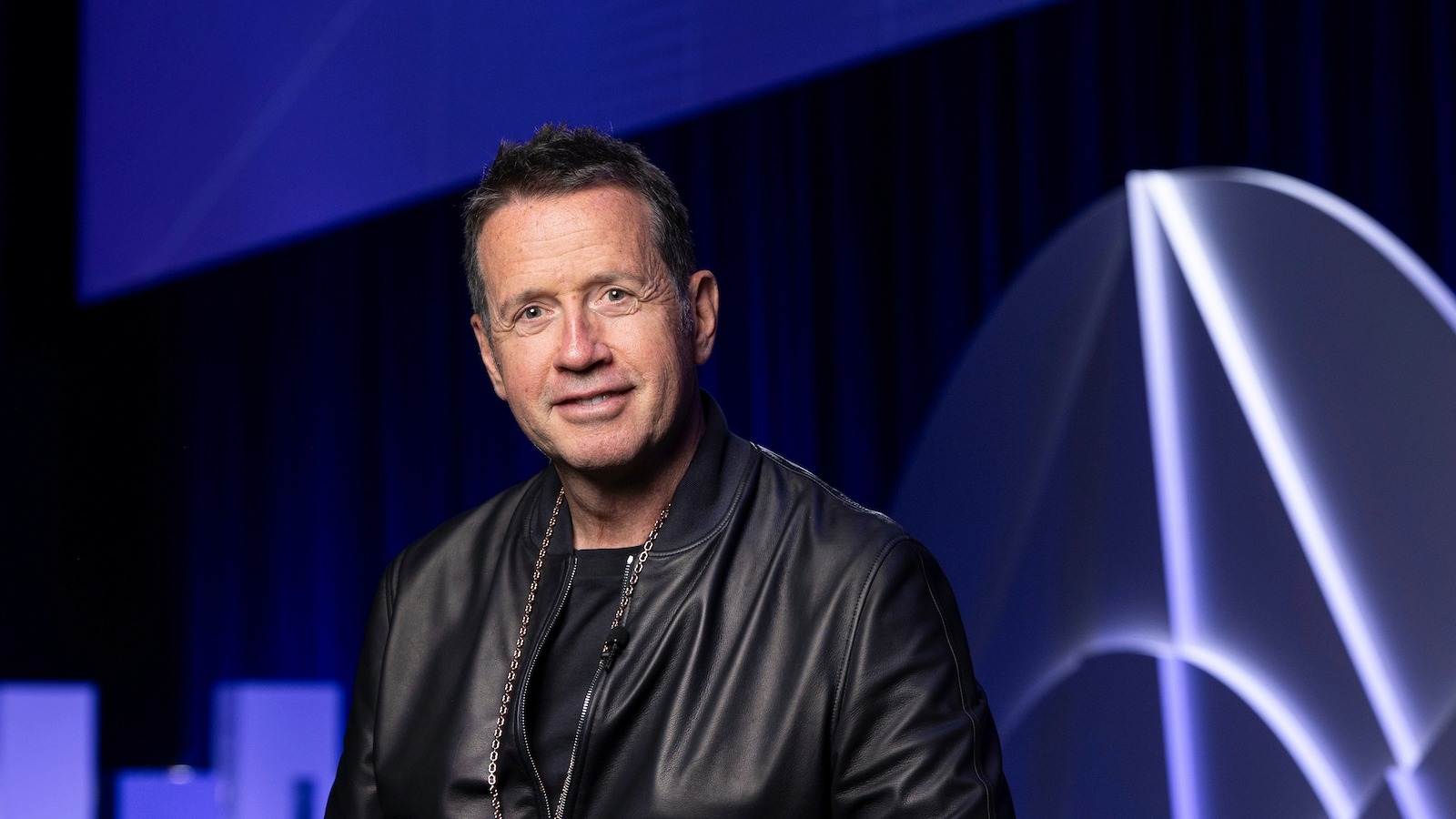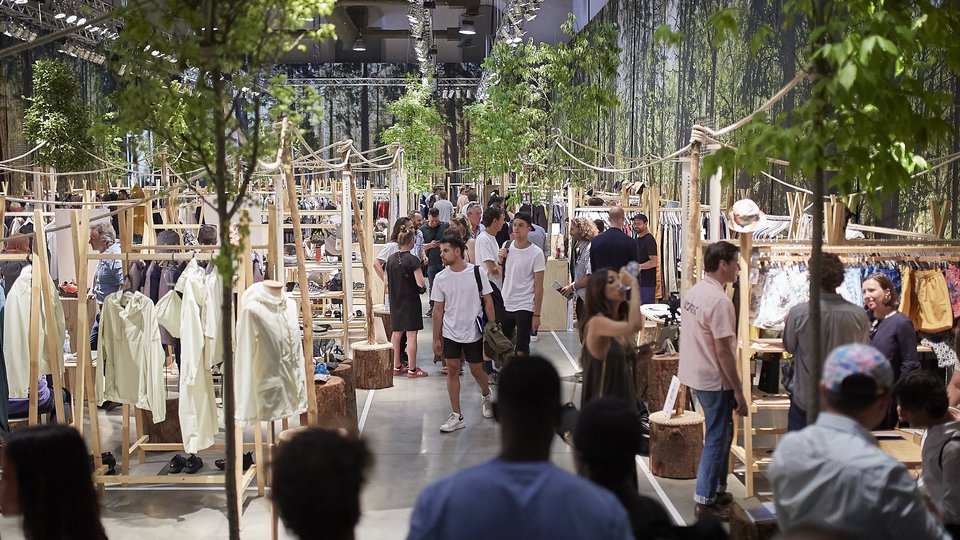
Helped by its unique offering of history, artistic heritage and location in the heart of Florence, the secret of Pitti Immagine is to never rest on laurels.
Last week, Pitti Immagine celebrated two key milestones with an elaborate flourish, drawing upon its love of experimentation, exploration and business, which helped make the event one of the most memorable in its own history.
The organisation was celebrating the 30th anniversary of Pitti Uomo, the world’s largest menswear trade show, and its 96th anniversary, which saw globally renown brands descend upon the city to showcase their latest collections and acknowledge its importance in helping to promote the fashion industry worldwide.
While the colourful crowds of stylish celebrities and fashionistas strolling around Florence’s historic fortress and picturesque streets provide a brief glimpse into its offerings, Pitti Immagine roots run much deeper, helping it to stand apart from other global menswear events on the fashion calendar.
Pitti Uomo pulls in nearly 30,000 visitors twice a year (June and January), for a four-day event that showcases more than 1,200 exhibitors and attracts 18,500 buyers from 100 foreign countries.
"Pitti Uomo gets its energy from its strong identity" said Raffaello Napoleone, chief executive of Pitti Immagine and one of its masterminds for the last 30 years. "Pitti is more than (just) a fair, it's a driver for fashion, taking advantage of the unique assets of a special city like Florence. It's not in competition with the fashion weeks and it leverages on Florence as a soul city, developing its proposition thanks to its never-ending discovery spirit.”
"It's all about dynamic conservation," Napoleone told Luxury Society in an interview. "Pitti (first) started from a vision, then it developed into a project, a strategy and brand development. The logic behind Pitti was to showcase a fashion offer representing the ever-changing state of art and of creativity."
Enriching experience
Visitors from all over the world come to Florence several times a year for multiple events held by Pitti Immagine: Mens’, Baby, Taste, Fragrance and Textile. And each time, it represents not just a business opportunity for visitors but also an enriching experience with multiple touch points due to its beautiful locations around the city.
As menswear fashion weeks around the globe are becoming less prominent due to an increasing number of bigger brands opting for mixed gender shows at Womens’ Fashion Week, Pitti Uomo remains one of the best events for scouting new brands and fresh talent.
It's the place where streetwear gained in popularity in terms of brand offer well before the boom of the last five years. It's where Stone Island celebrated the first step of its relaunch in 2012. And also the reason why many acclaimed brands decide to show their collections under its flags.
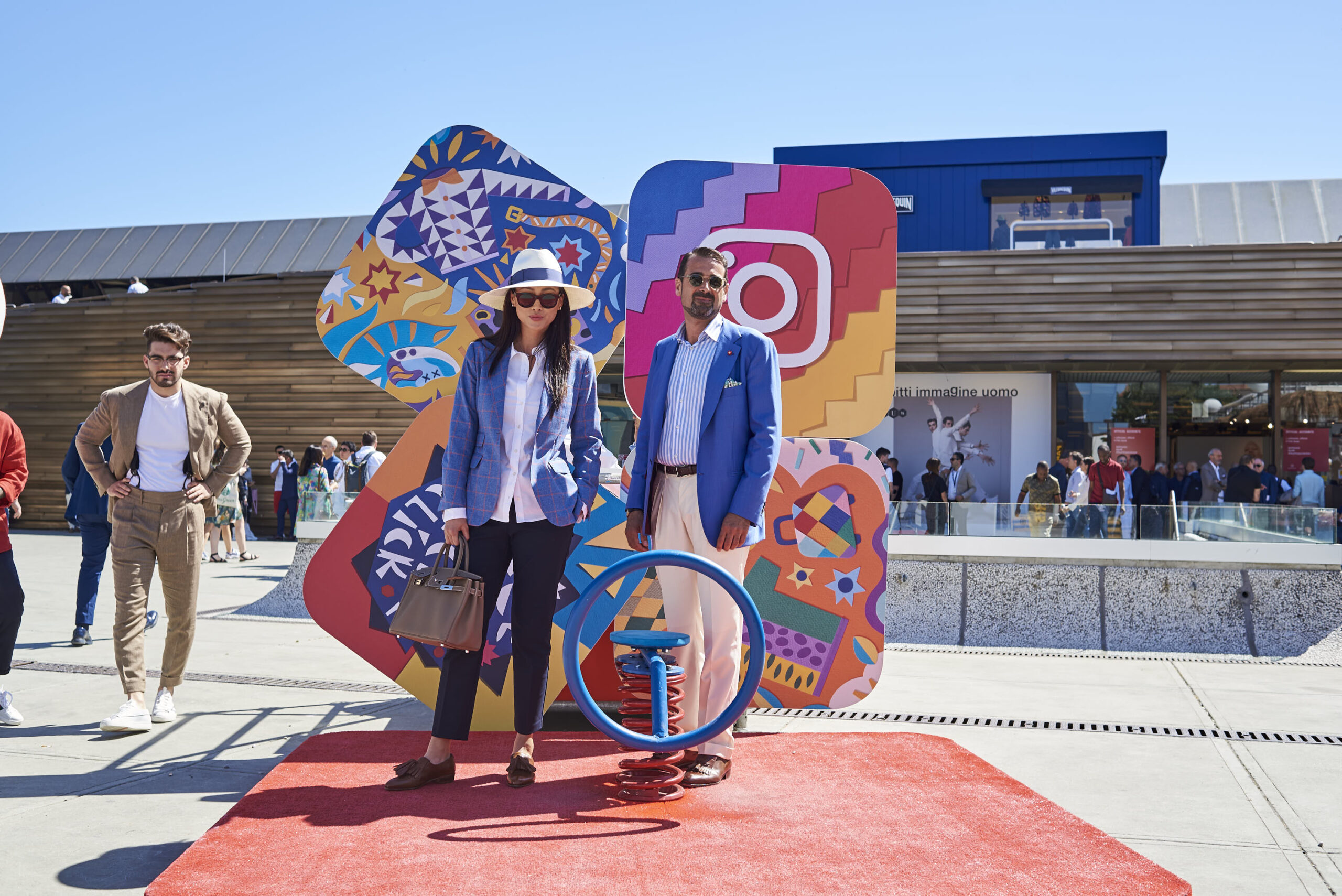
Pitti Immagine Uomo 96. Credit: AKAstudio – collective.
Historically, Pitti Uomo has always attracted some of the most interesting voices of the fashion landscape and presented them through an artistic lens. Take, for instance, British tailor Oswald Boateng who showcased short movies directed by him from 1994 to 2004 at the "Trend Gallery", the celebration of John Galliano in 1987 right after the launch of his eponymous label and well before the global success at Christian Dior, and one of the first shows of Dolce and Gabbana in 1994 at an unexpected Renaissance Villa on the Florentine hills. Pitti Immagine has developed itself over the years as an authentic visionnaire of trends and designers.
Pitti Immagine’s love of collaboration and different formats also helps its standing. It welcomes new projects into its fold. This was seen when Valentino, which chose Pitti Uomo as the place to launch its first men's collection under Maria Grazia Chiuri and Pier Paolo Piccioli’s creative direction in 2012 at the Palazzo Corsini.
This season, Ferragamo held its first mixed gender show led by creative director Paul Andrew. The show was held at sunset at the Piazza della Signoria, and mixed real people and models in the catwalk as well as in the first row, where you could also spot one of the most senior artisans with his wife. Family is everything at Ferragamo.
Givenchy showed its mens’ collection in a very secluded and private Palazzo, which had never before opened its doors to the public. Clare Waight Keller, Givenchy’s creative director, wrote about this on her Instagram account: "Villa Palmieri, the gorgeous private home hosted the @givenchyofficial #summer 2020 men’s show on Wednesday night. The villa dates back to the Medici era and has never been opened to the public, Queen Victoria visited 4 times during her reign and I can understand why. It is full of the most amazing fresco ceilings and of course the incredible garden which was where the men’s show was unveiled".
Embracing different projects fits into Pitti Immagine’s unique standing. Artist Sterling Ruby, who recently collaborated with designer Raf Simons, was a special guest at this year’s Pitti Uomo, not as a designer per se, but a fully rounded artist.
“We have been very interested in the work of the artist Sterling Ruby for a long time” said Lapo Cianchi, Pitti Immagine’s director of communication and events. Ruby’s project which was described as “endeavours which are suspended between different areas with, at the centre, a heterogeneous project dedicated to reinterpreting American workwear.”
“It also helps that Sterling Ruby is one of the protagonists of the powerful and creative Los Angeles artistic scene that still moves between a thrust towards experimentation and an adherence to industrial models of cinema, music, entertainment…and, naturally, fashion,” Cianchi added.
Pitti Immagine remains a place of business, and the company knows the value of a mega-star show as seen with fashion e-tailer Luisa Via Roma, which celebrated its 90th anniversary with an extravaganza at Piazzale Michelangelo. The event was co-created by fashion guru Carine Roitfeld and featured brands like Gucci and models like Gigi and Bella Hadid. Followed by a concert of Lenny Kravitz.
The Evolution of Pitti
The secret of Pitti Immagine is to never rest on laurels.
"Every time, at the end of the edition, we gather and start analysing what was good and what to improve for the next season. We never stop reviewing everything and changing and evolving," said Napoleone.
Pitti Immagine has always been a place where experimentation is encouraged. A favourite of the likes of Hedi Slimane and Raf Simons, with a long story that started with a project with Vivienne Westwood and peaked with the 1996 Biennale della Moda where the most influential designers such as Armani, Valentino, Yves Saint Laurent mixed their visions with historical and unexpected Florentine locations.
Join Luxury Society to have more articles like this delivered directly to your inbox
And what helped create a special personality of Pitti Immagine was also the level of the fashion exhibitions held in the city. Pitti Immagine focused on the unexpected concept of location since the '90s: the Leopolda Station, renovated by Gae Aulenti, a post-industrial space where in 1996 Giorgio Armani created a mise-en-scene with director Bob Wilson called G.A. Story, a 90 minutes performance mixing fashion, history and music.
It's not by chance that Brunello Cucinelli hosts an exclusive dinner following the presentation of the brand’s newest collection in some of the most elegant venues in town each Pitti edition, making of it one of the most sought after event of the whole mens’ season globally.
So far, Pitti is a tremendous mix of uniqueness, creativity, exploration and business. It has been also the incubator and hometown of influencers: from street photographer Scott Schuman to Luisa Via Roma Firenze4ever event, influencers in Florence have had certainly their peak of visibility and the most interesting environment for their projects.
It is this unique offering that sets Pitti Immagine apart, and its strategy offers up learnings for other international projects and events like Baselworld, those looking for a new identity and purpose. Basel is another city where luxury and art are merged together, which could represent an interesting scenario for the evolution of the watch fair. Swiss luxury brands could start thinking differently about their own businesses thanks to the combination of different ideas all aiming at the same people: luxury customers.
In fitting with its ever-evolving concept, Pitti Immagine could reach new heights by offering a more modern sense of hospitality in terms of state-of-the-art food experience: another key field where Florence is able to offer authenticity and excellence at the same time.
A fulfilling multisensory experience could help to make those fashion moments unforgettable.

